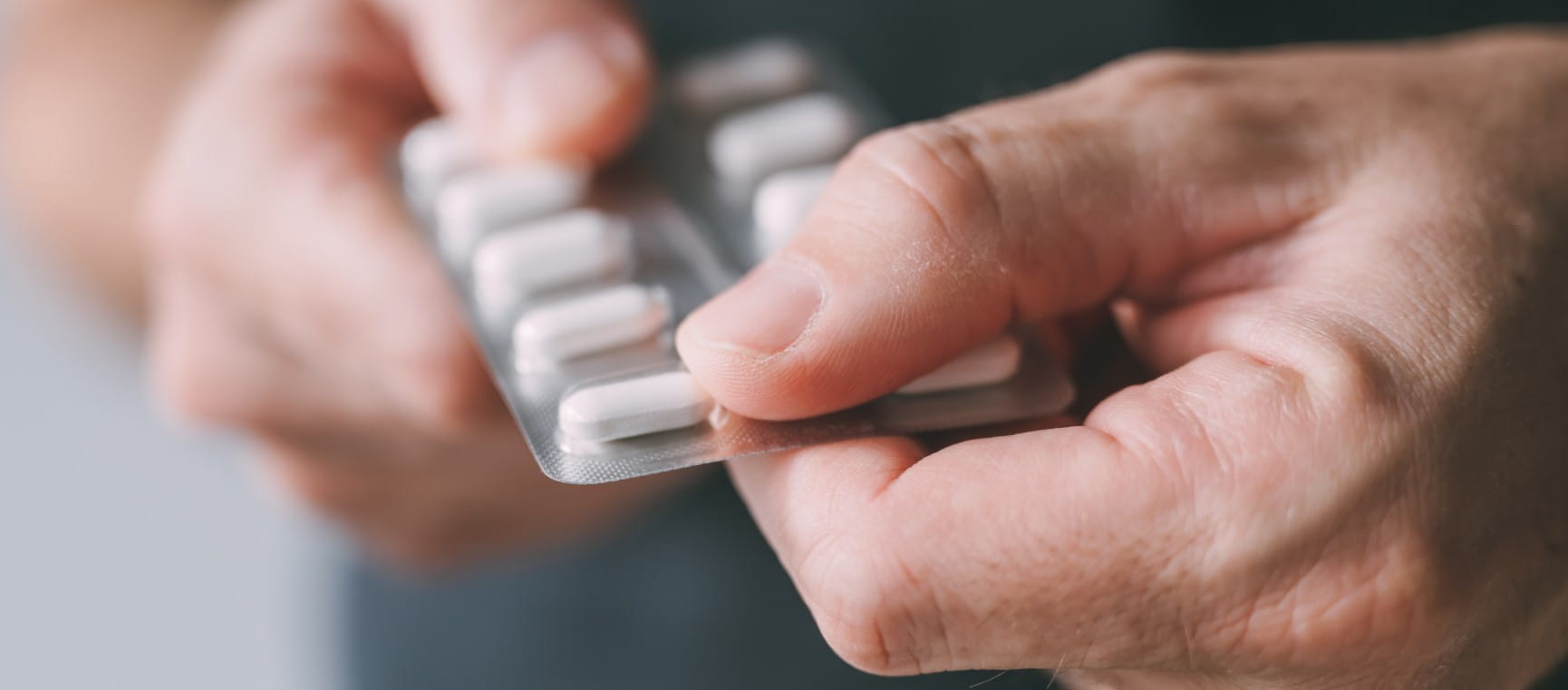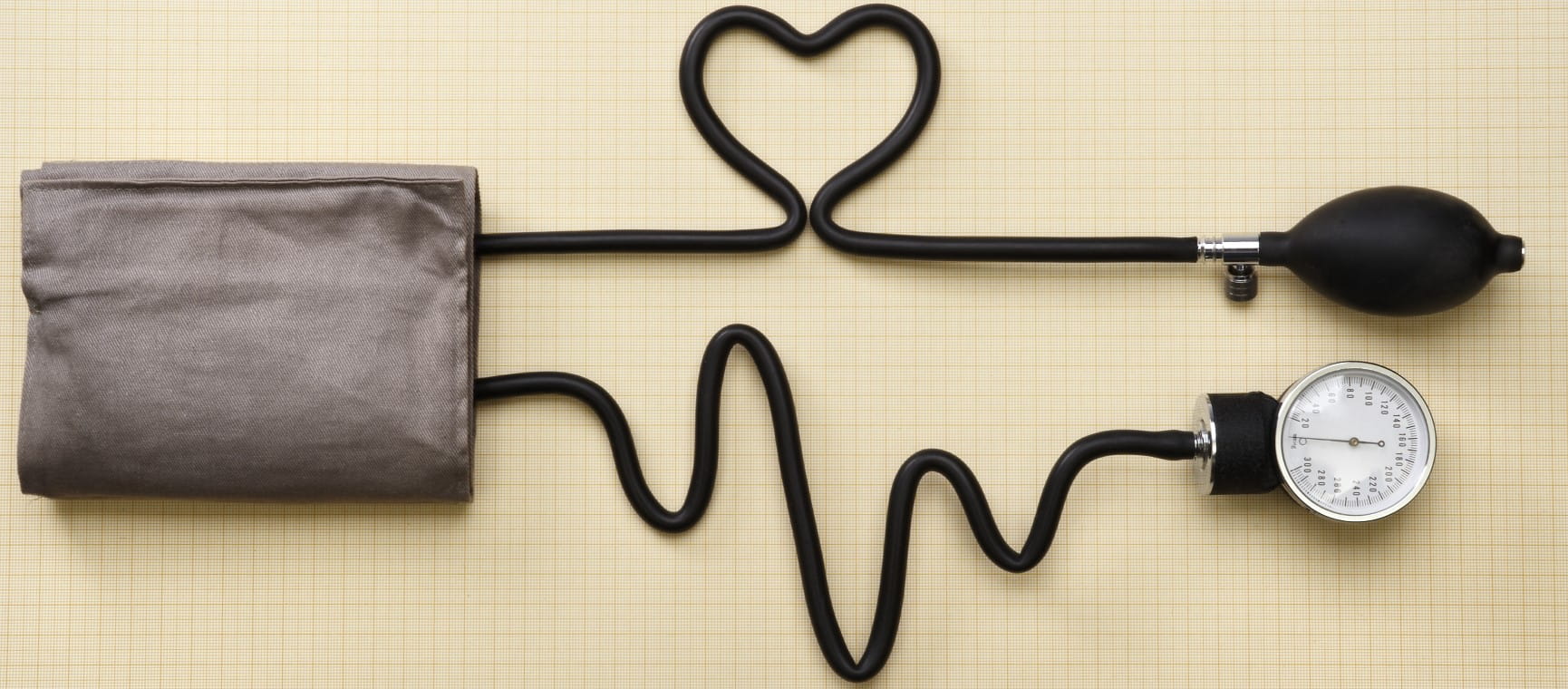
Until quite recently, checking your blood pressure was something done only in the doctor’s surgery with a scary-looking barometer-style sphygmomanometer. You’d be nervous, which, ironically, sent your blood pressure up.
When I got an electronic machine 20 years ago after my BP started creeping north a bit, my GP was amused by what he saw as rampant hypochondria. Today, with many affordable and accurate blood pressure monitors, no GP – or cardiologist – will raise an eyebrow when you give them a rundown of your home readings.
Doctors I speak to admit that self-administered readings are mostly more accurate for being taken when you are at home and relaxed.
Advice on how to get a meaningful reading can vary.
The cardiologist I see recommends taking three readings in the morning and going with the best of them, and doing this once or twice a month maximum. If your doctor or nurse has asked you to take your blood pressure at home, the British Heart Foundation suggests you should take it twice a day in the morning and evening, and then make an appointment to discuss the results.
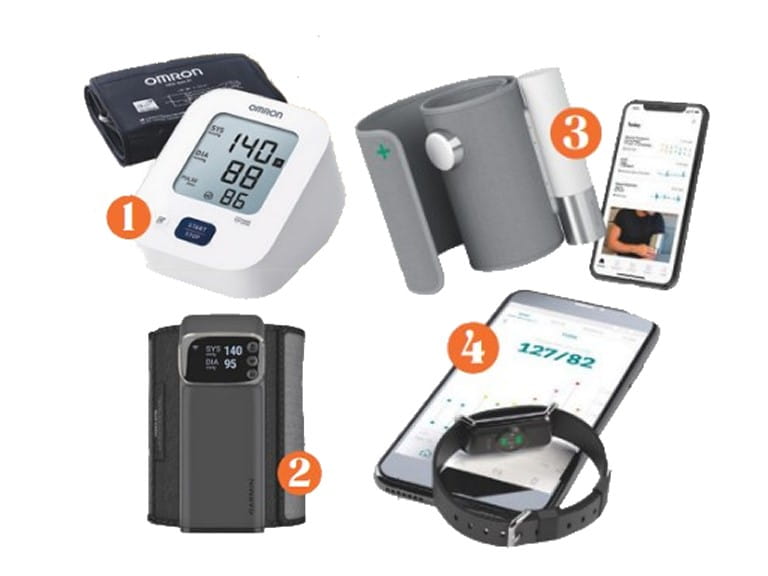
Doctors have mostly given up hand-pumped devices and often use monitors by Omron.
Its basic model, the £32 M2, is about to be replaced by an improved £40 M2+, but is still the gold standard for affordability and reliability.
If you want to go up a level in sophistication, there are newer designs that involve just one box worn on the upper arm rather than a cuff linked by rubber tube to the meter. A key feature of these is that they link with a phone app, so you can show your doctor your readings history.
The Index BPM by Garmin, better known for outdoor adventure gadgetry, is one such and has the benefit of being very new.
Up yet another level, superb French gadgeteer Withings has an interesting contender: the BPM Core not only includes an ECG test, atrial fibrillation checker and a digital stethoscope to detect heart valve disease, but also looks very futuristic.
What about the new and currently controversial breed of monitor that you wear all the time? These take readings via photoplethysmography (PPG) technology, which analyses blood flow by beaming light into blood vessels.
Swiss brand Aktiia started this trend with its bracelet, but coming up soon will be smart watches that measure BP and even a smart ring. I’ve found Aktiia fairly accurate, although alarming when your BP peaks high, which I’m told it does routinely for everyone.
The medical view of constant BP monitoring? So far, that it’s a bit over the top. But that’s what doctors used to think about the first DIY blood pressure checks.
Another option is the Omron EVOLV range which is around £100 and excellent. I’ve been using an earlier version for years.
This is another one that’s easy to link with your phone app, so you can keep all your readings electronically and in one place.
Jonathan Margolis is a London and New York-based technology journalist. He has a global following for his column Landing Gear in the online publication Air Mail, appears regularly on the BBC and other networks and has won several journalism awards.
View author page

Don’t let a diagnosis of high blood pressure deflate you. Find out how to get cover for this common health condition.

Every issue of Saga Magazine is packed with inspirational real-life stories, exclusive celebrity interviews, brain-teasing puzzles and travel inspiration. Plus, expert advice on everything from health and finance to home improvements, to help you enjoy life to the full.
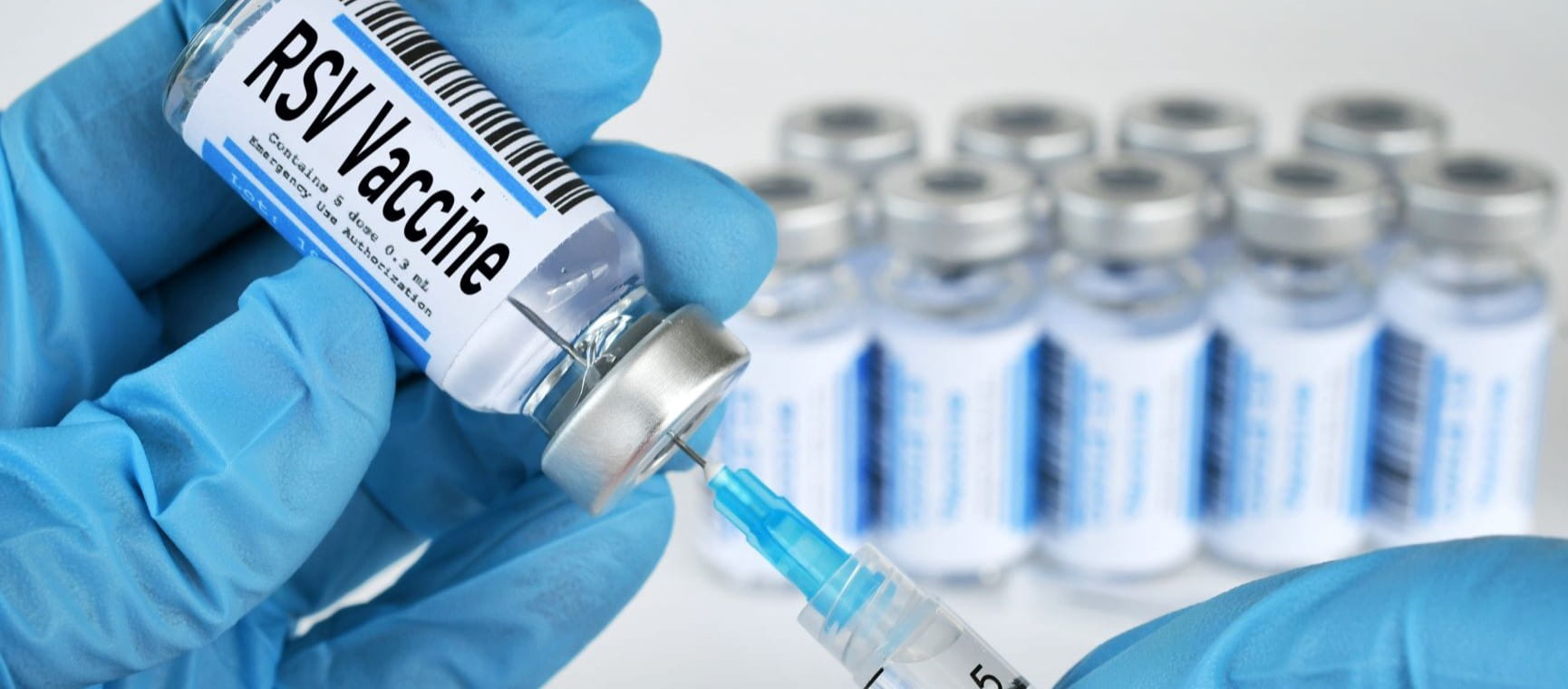

Facial weakness, a sudden headache and dizziness can all be signs of a stroke, we've got the facts from an expert.
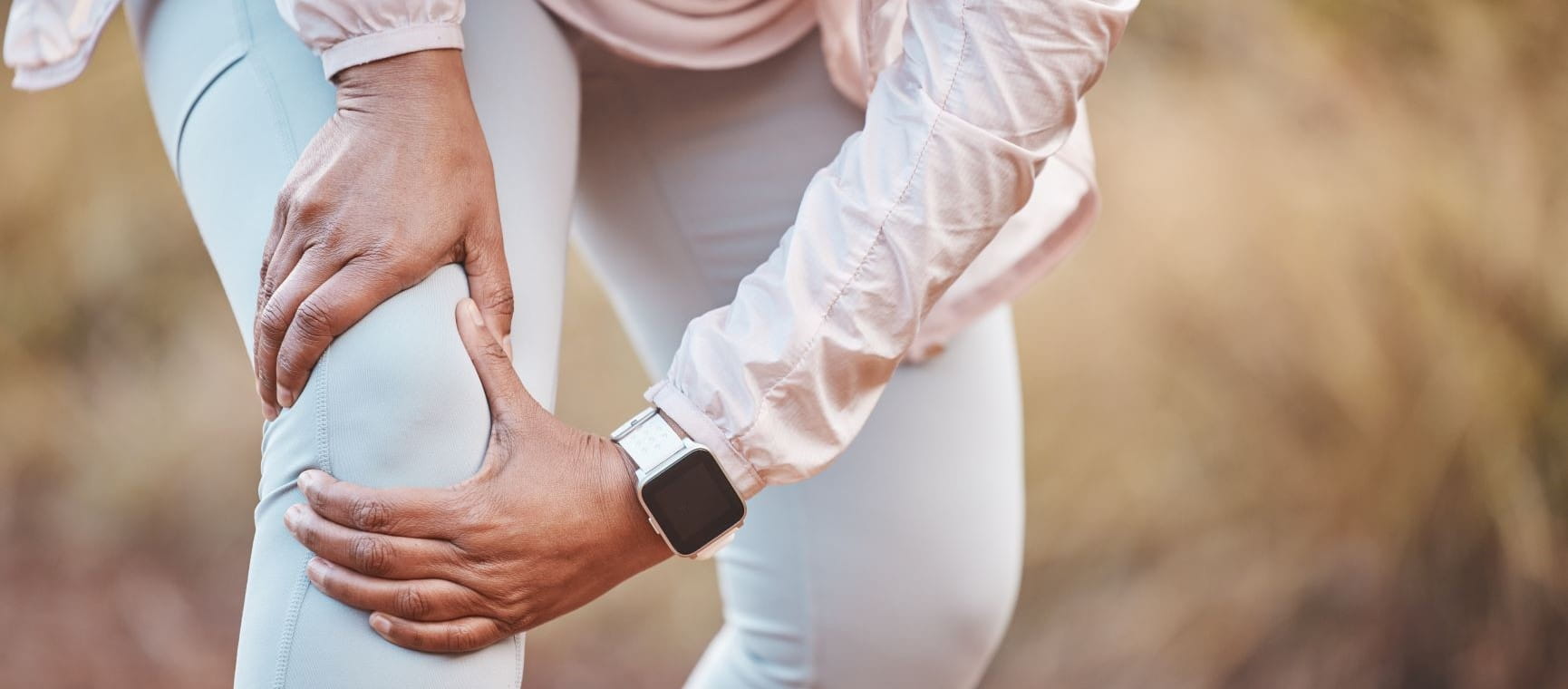
Knee pain is more common as we age: to help we've got the best advice from 3 leading experts with easy ways to make a difference.
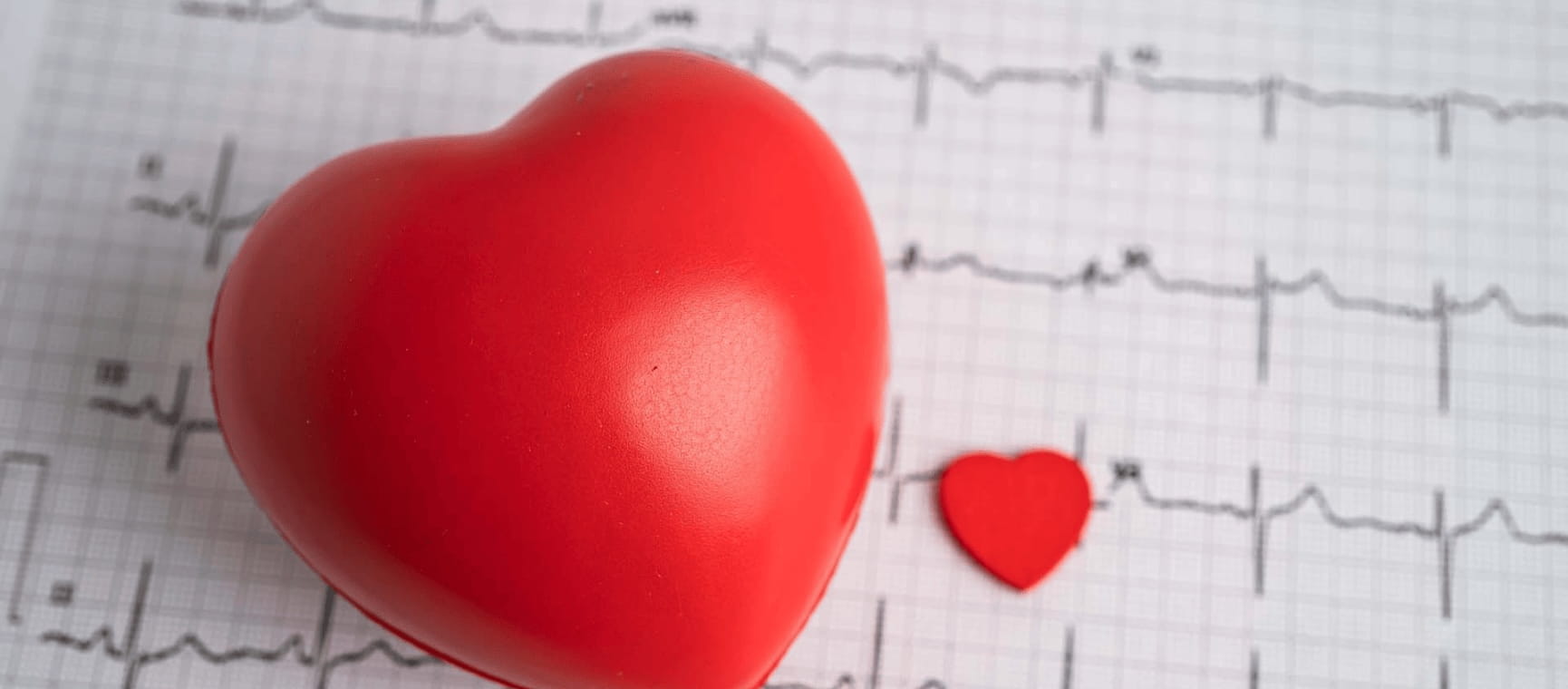
Do you know the symptoms of a heart attack? Here’s what to look out for, and how to prevent one.

Front, back or side? Which sleeping position is best for you as you get older, and which ones you should avoid

